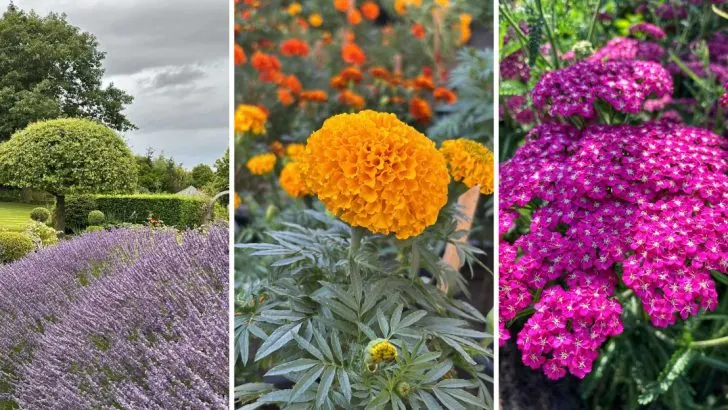Deer can be a gardener’s worst nightmare, turning your hard work into their personal buffet. While fencing and repellents can help, one of the most effective and natural solutions is choosing plants that deer tend to avoid.
By incorporating strategic plant selections into your garden, you can enjoy lush greenery and vibrant blooms without constant worry.
In this article, we’ll highlight 10 beautiful and hardy plants that are known to deter deer. These picks will not only help protect your garden but also add charm and functionality to your outdoor space. Let’s explore the perfect plants to keep deer at bay and maintain your garden’s beauty!
Lavender
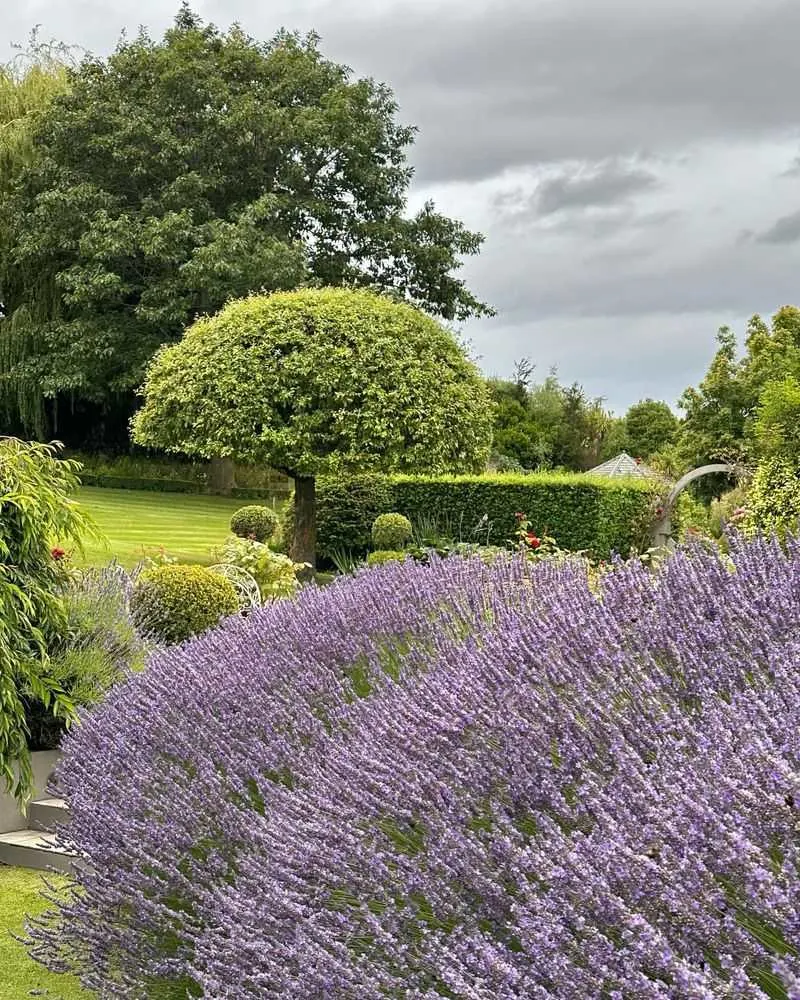
Lavender is renowned not only for its soothing fragrance but also for its deer-deterring qualities. The strong scent and slightly bitter taste make it a less appealing choice for deer, who prefer more mild flavors. Planting lavender near entry points or pathways can create a fragrant barrier. These versatile plants thrive in sunny spots, making them perfect for lining borders or filling in garden gaps. Lavender’s aromatic oils are pleasant to humans, yet repulsive to deer, providing a dual benefit for your garden. Its hardy nature also means less maintenance and more enjoyment.
Marigolds
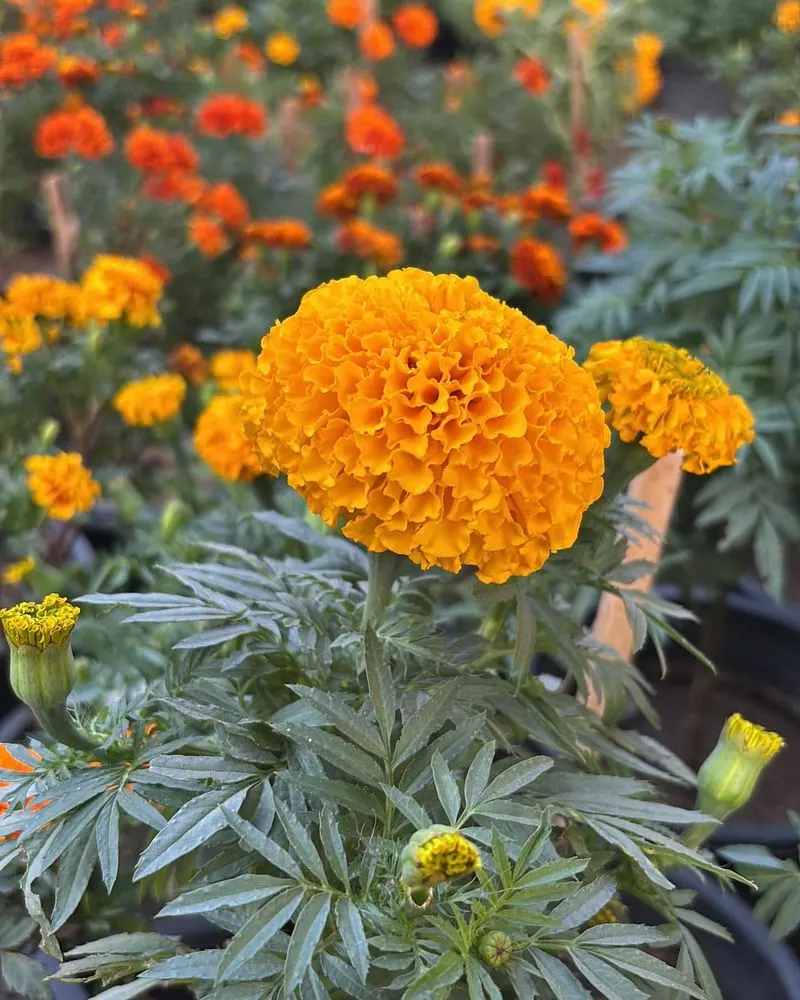
Marigolds bring a splash of color to any garden while acting as a natural deterrent to deer. Their distinct aroma and taste are unpalatable to these animals, making marigolds a smart choice for protective garden planting. These flowers are easy to grow and can flourish in various soil conditions, adding both beauty and functionality. Use marigolds to border vegetable gardens or flower beds, creating a decorative yet defensive perimeter. Their vibrant hues and pest-repelling properties not only deter deer but also attract beneficial insects like ladybugs.
Daffodils
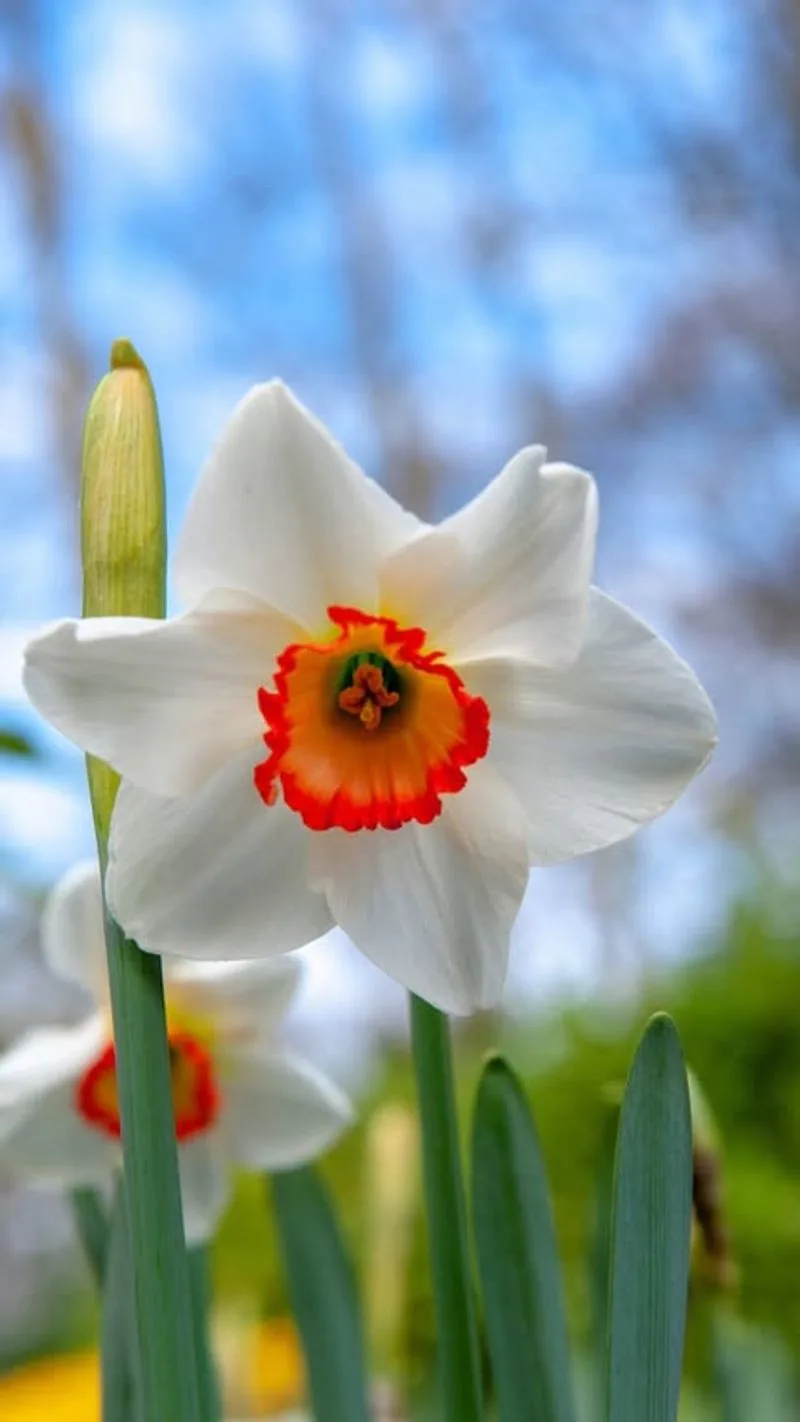
Daffodils are a classic springtime favorite, known for their cheerful appearance and deer-resistant characteristics. The bulbs contain lycorine, a chemical that is toxic and unpleasant to deer, effectively keeping them at bay. Planting daffodils in clusters can create a stunning visual effect while safeguarding vulnerable areas of your garden. These hardy perennials can thrive in various climates and require minimal care once established. Their early spring blooms are not only a delightful herald of the season but also serve as a strong deterrent to garden-invading deer.
Boxwood
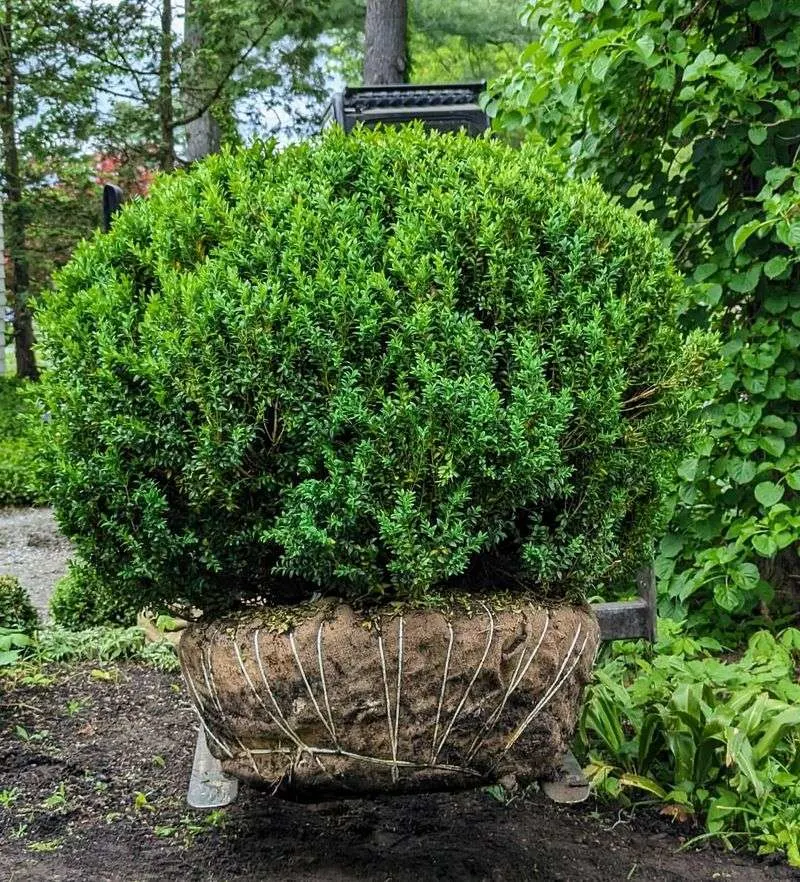
Boxwood is an evergreen shrub that offers both structure and deer resistance. Its dense foliage and bitter taste make it unappealing to deer, allowing it to serve as an effective natural barrier. These shrubs are ideal for creating hedges or defining garden spaces, providing year-round greenery and form. Boxwood’s versatility in shaping and design makes it a popular choice for formal gardens, while its low maintenance needs appeal to busy gardeners. Beyond deterring deer, boxwood adds a touch of elegance and order to any outdoor space.
Sage
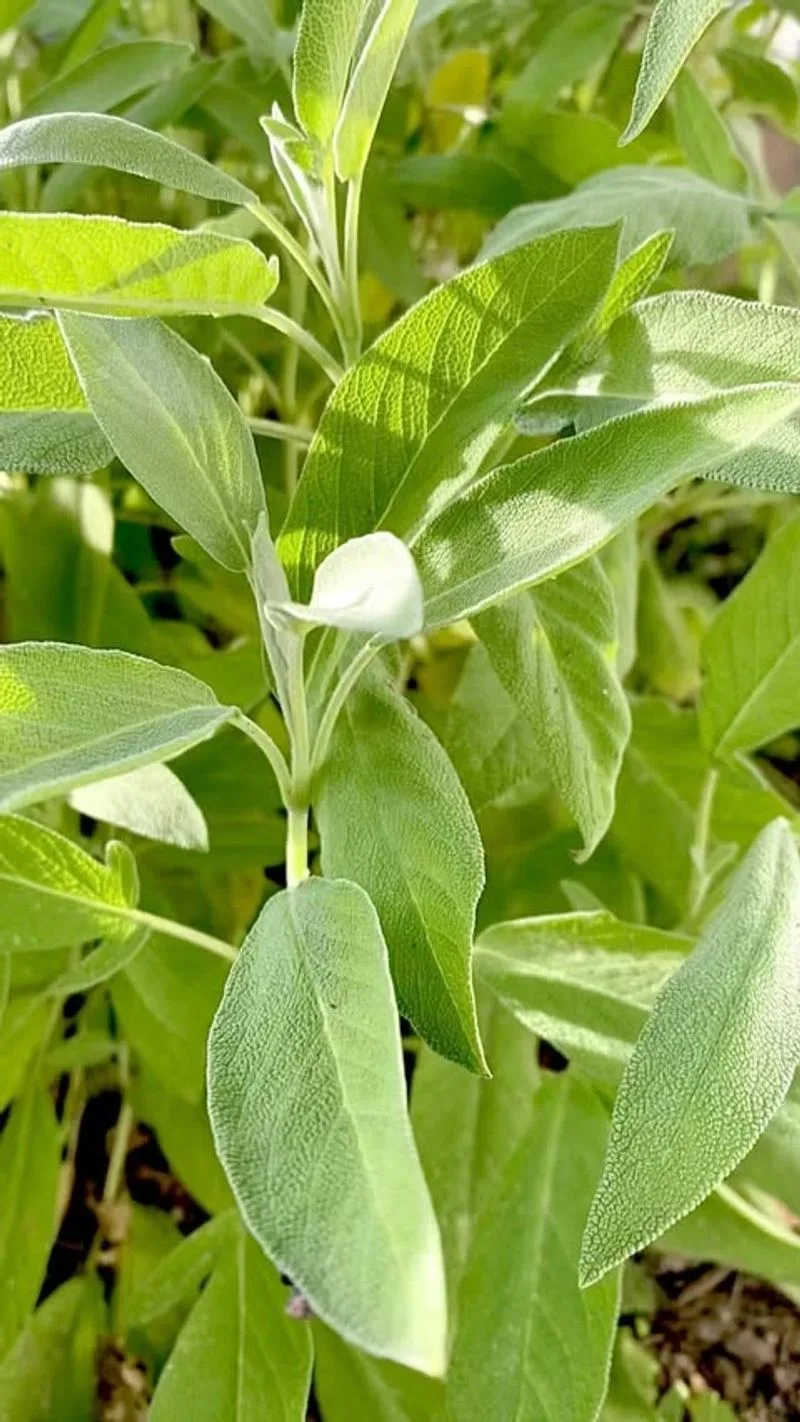
Sage is more than just a culinary herb; it’s a robust garden ally against deer. Its strong scent and slightly fuzzy leaves are off-putting to these animals, making it a practical choice for garden borders. This hardy plant thrives in well-drained soil and enjoys full sun, requiring minimal care once established. Sage’s silvery-green leaves add texture and contrast to garden plantings, complementing both flowers and vegetables. Additionally, its aromatic presence can enhance outdoor spaces, providing a sensory delight for gardeners while keeping deer at a distance.
Bee Balm
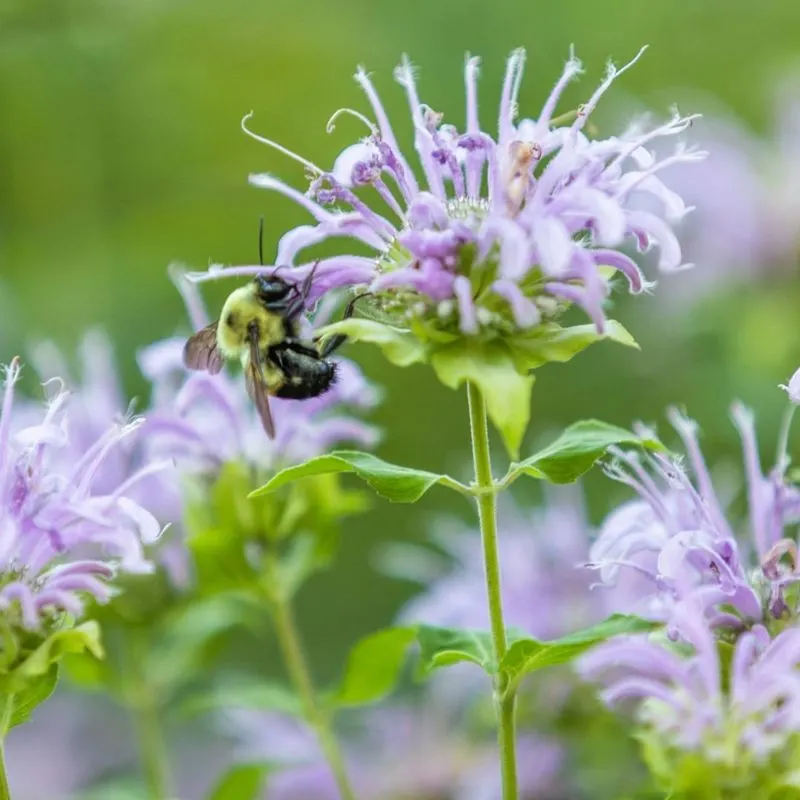
Bee balm, with its striking flowers and minty scent, is a deer-resistant plant that also attracts pollinators to your garden. Its aroma and taste are generally unappealing to deer, making it a strategic choice for protecting garden areas. Bee balm thrives in sunny locations and can tolerate a range of soil types, ensuring it fits well into diverse garden plans. The bold blooms not only add color and interest but also support local ecology by attracting bees and butterflies. This plant enhances garden biodiversity while safeguarding it from deer.
Russian Sage

Russian sage is celebrated for its delicate appearance and robust deer resistance. The aromatic foliage and tall, airy stems create a deterrent effect, as deer typically avoid its pungent scent. This perennial grows well in sunny, dry conditions, making it an excellent choice for xeriscaping or low-water gardens. Russian sage provides a long season of interest with its extended blooming period and silvery-grey leaves. Its presence in the garden not only adds a touch of elegance but also serves as a practical solution for keeping deer at bay.
Catmint
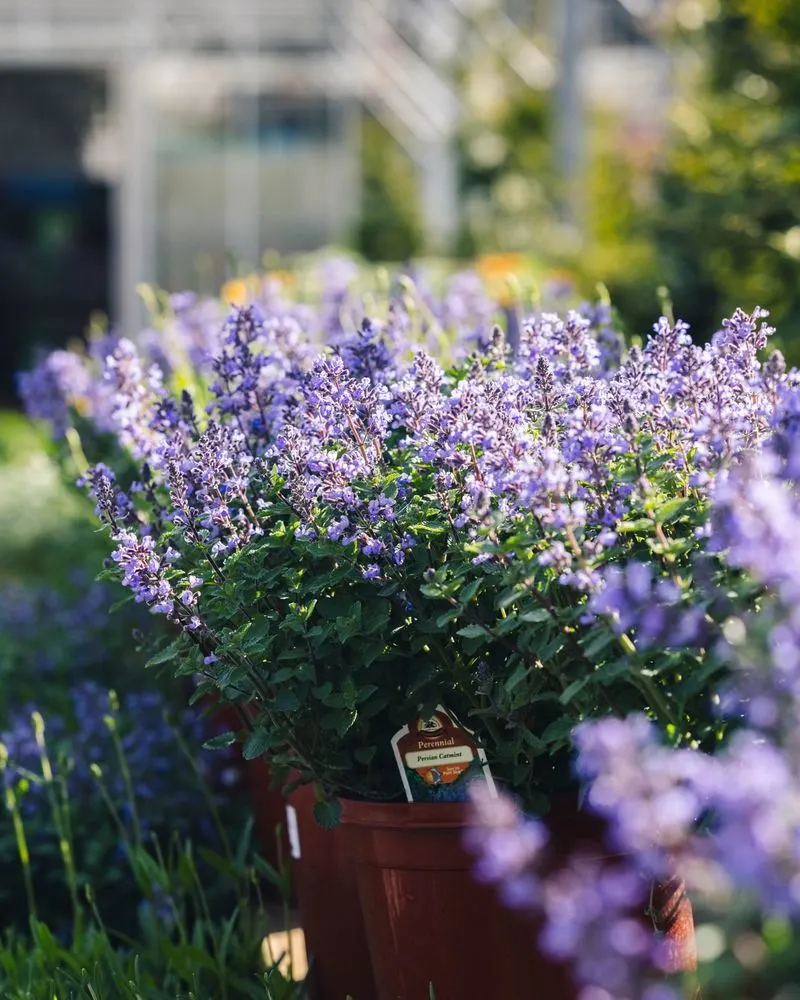
Catmint is a delightful addition to the garden, known for its aromatic foliage and deer-deterring properties. The strong minty scent is appealing to humans but typically avoided by deer, providing a natural protective barrier. This hardy perennial thrives in sunny locations and adapts well to different soil conditions, making it versatile for various garden styles. Its long-lasting blooms attract pollinators while creating a soothing atmosphere. By incorporating catmint along borders or pathways, gardeners can enjoy its beauty and fragrance without worrying about deer intrusion.
Yarrow
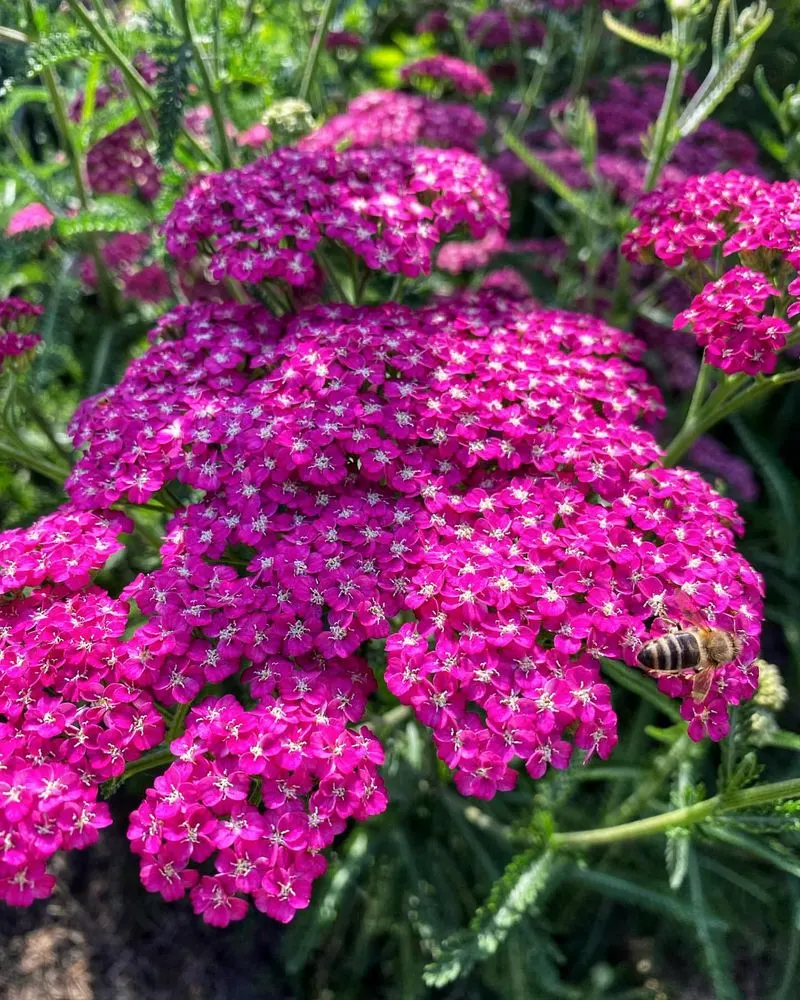
Yarrow, with its feathery leaves and flat-topped clusters of flowers, offers both visual appeal and deer resistance. The bitter taste and strong aroma make it less tempting for deer to graze on. Suitable for sunny locations, yarrow is drought-tolerant and thrives in various soil types, making it an adaptable choice for many gardens. Its vibrant blooms can attract beneficial insects, enhancing the ecological balance of your garden. Yarrow’s low maintenance requirements and natural resilience further expand its appeal, promising beauty and protection year after year.
Foxglove
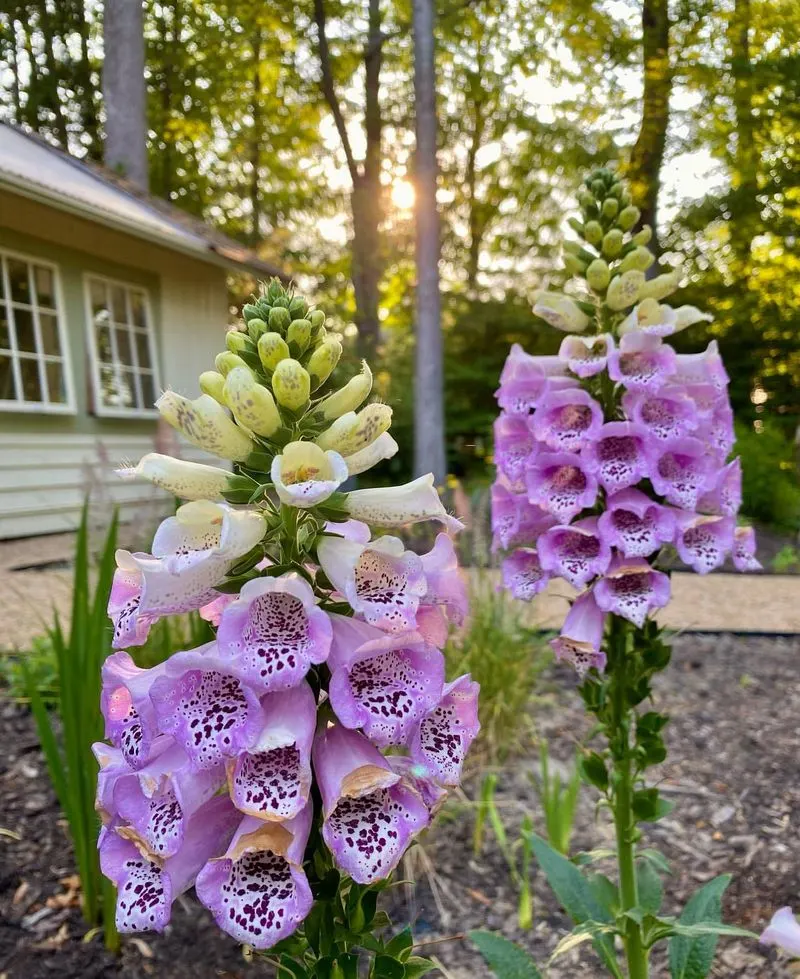
Foxglove stands out with its tall spikes of tubular blooms and offers an added layer of deer deterrence. The plant contains digitalis, a compound that is toxic to deer, reducing the likelihood of them feasting on your garden displays. Foxglove prefers partial shade and moist, well-drained soil, making it suitable for woodland gardens or shaded borders. Its dramatic flowers draw the eye and attract pollinators, adding both beauty and ecological value. By planting foxglove, gardeners can create spectacular floral displays with the added peace of mind against deer.

